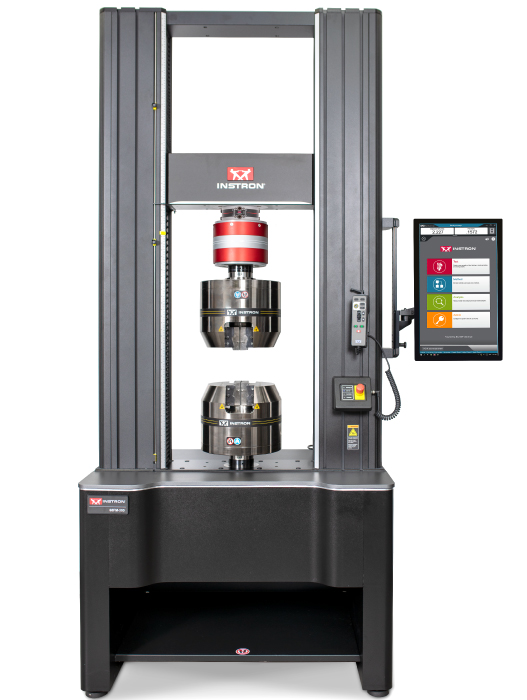
Tensile Testing to NADCAP Alignment Standards
What is NADCAP?
Nadcap (National Aerospace and Defense Contractors Accreditation Program) is a global cooperative accreditation program for aerospace engineering, defense, and related industries.
Nadcap was established in 1990 by SAE International with the intention of bringing together government and industry professionals to establish and enforce strict, standardized audit requirements for suppliers of the aerospace and defense industry. It is administered by the PRI (Performance Review Institute).
Why Does My Mechanical Testing Need to be NADCAP Compliant?

NADCAP is not a testing standard but an audit checklist which must be passed in order for an aerospace supplier to be NADCAP compliant. There are two main audit checklists that apply to mechanical testing: AC7101 for metallic materials, and AC7122 for non-metallic materials. Each of these checklists are dozens of pages long, but the main item of concern for mechanical testing laboratories is alignment and allowable bending.
For metals, the maximum allowable bending for static tests is 10% (non-brittle materials, <5% elongation to failure) and 8% (brittle materials, >5% ETF). The maximum allowable bending for all dynamic tests is 5%. For composites, the maximum allowable bending is 8%.
Percent bending strain is calculated in accordance with ASTM E1012, and is defined as "the greatest difference in axial strain under load between the average strain (of 3 or 4 strain gauges in any circumferential set) and any individual gage in that set, divided by the average strain, multiplied by 100. Furthermore, in order to ensure that the bending is measured in a way that is meaningful to the actual tests, the strain gaged specimens must represent those that will be tested, and use the actual load train that will be used for tensile testing. It is not appropriate to remove the grips that will be used for actual testing. For all these reasons, achieving the desired bending requirements can be challenging. Only the most rigid and quality-made mechanical testing systems and grips can meet the bending requirements of NADCAP.
How Can Instron Help Me Comply with NADCAP?
Instron's field service and calibration engineers work directly with NADCAP to understand the requirements for materials testing system alignment. We have developed and established alignment calibration services complying with the guidelines and calculations detailed within ASTM E1012, Nadcap AC7122, and Nadcap AC7101 standards.
Learn about Instron's Alignment Services
What Does Instron Alignment Verification to NADCAP Entail?
Performing a proper alignment verification to NADCAP involves the following measurement procedures:
- Producing an alignment "cell" (strain-gauged specimen) that represents the specimen to be tested
- Inserting the cell in the actual grips to be used for tensile testing
- Applying a load (defined by NADCAP) and measuring the bending
- Remove the cell and reinsert it in a reverse position (rotated 180 degrees around the longitudinal axis)
- Apply the proof load and measure the bending
- Remove the cell and reinsert it in the inverted position (rotated 180 degrees around the horizontal axis)
- Apply the proof load and measure the bending
- Finally, remove the cell and reinsert it, inverted, this time reversed as well.
- In the end, none of the bending strains may exceed the allowable strain limits.
If any of the bending strains exceed the limits, it is necessary to adjust the load string and redo the process. This can be done "manually" by loosening, tapping, or retightening the load string, shimming, or other mechanical "empirical" means. Alternatively, Instron offers an AlignPro kit which fits between the load cell and the crosshead of the machine, which allows one to adjust the angular and axial alignment of the system while under load. The strain gauge outputs are monitored live to provide real time precise adjustment of the grip string to achieve minimum bending. Fitting AlignPro kits to Electromechanical or Servohydraulic systems is highly recommended for any laboratory wishing to meet the demanding requirements of NADCAP.